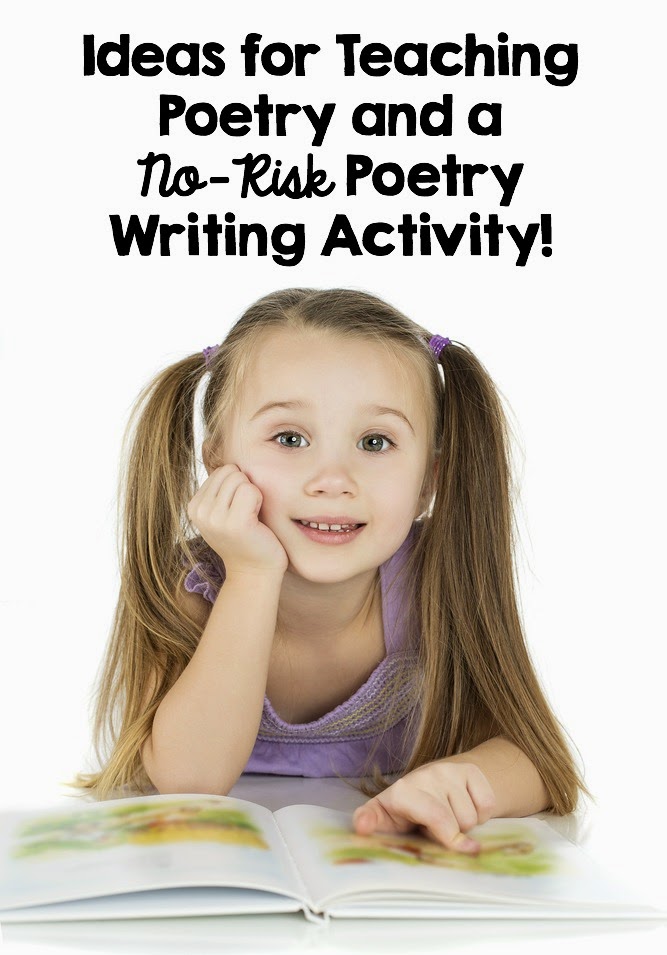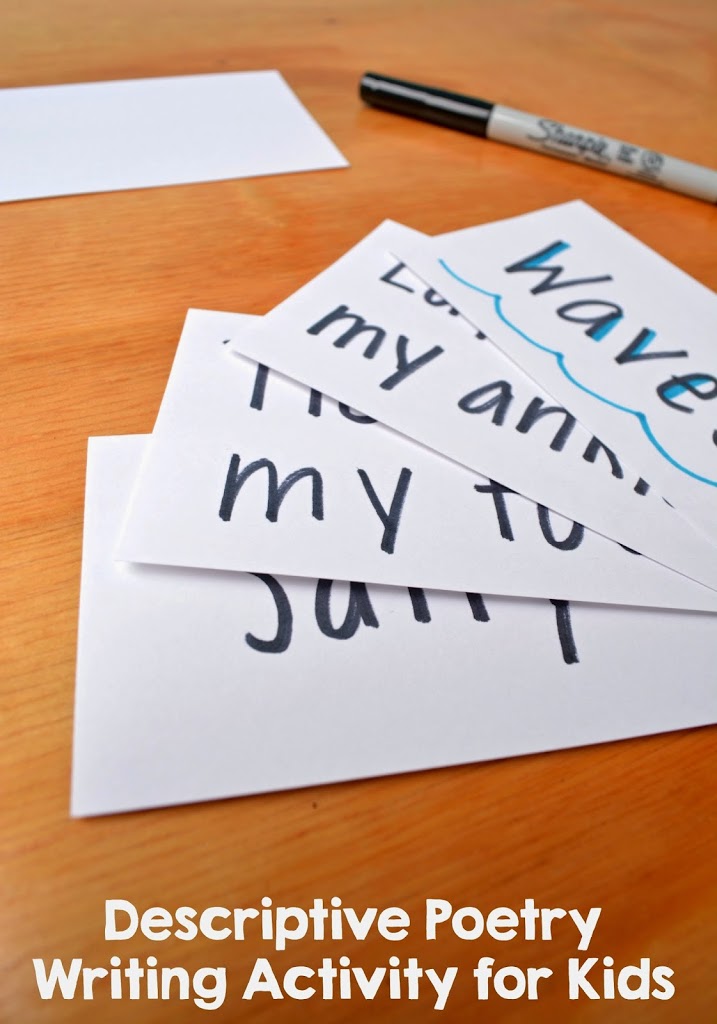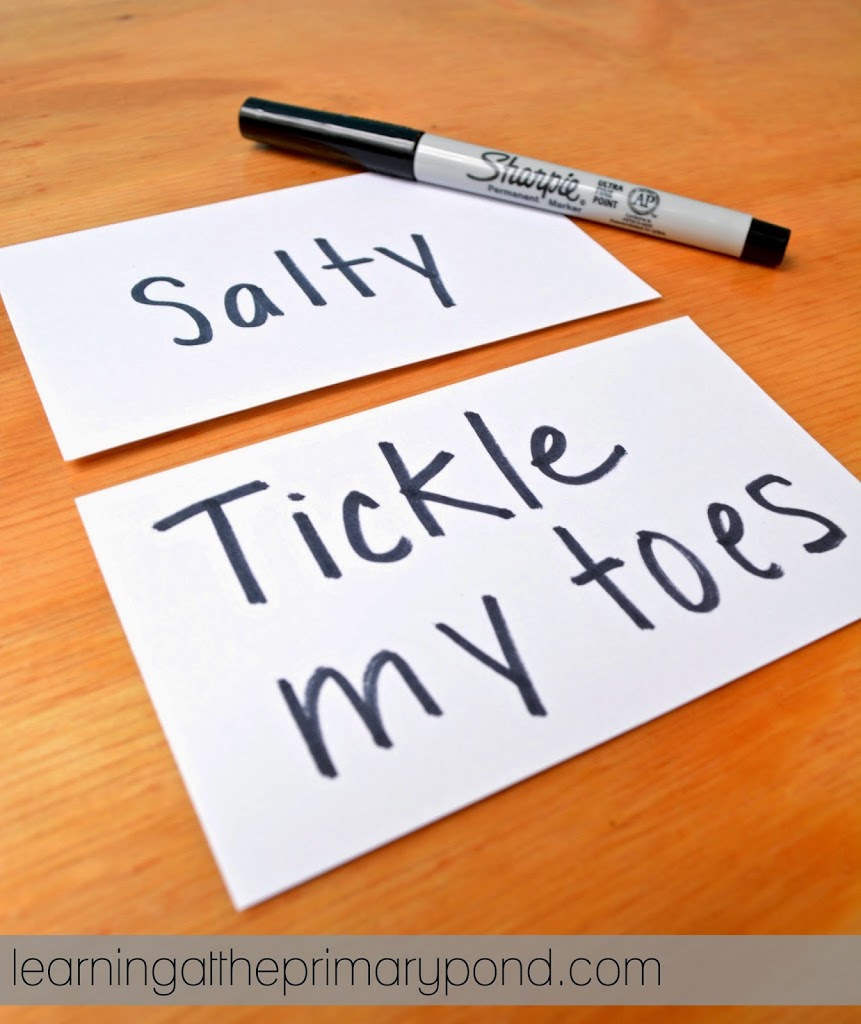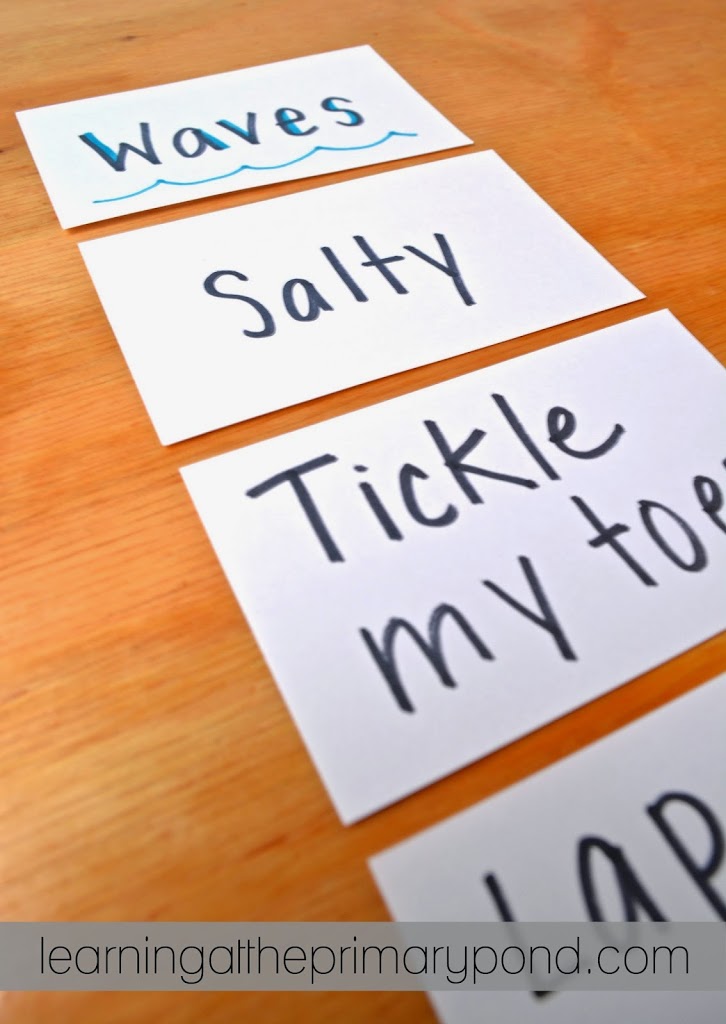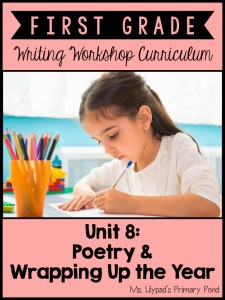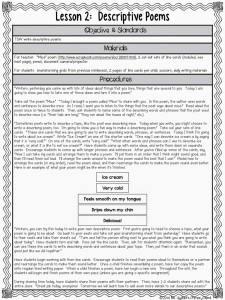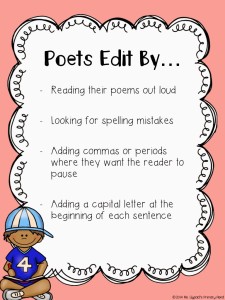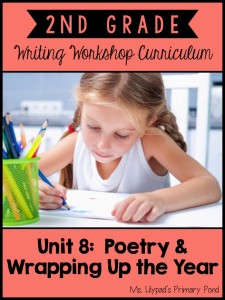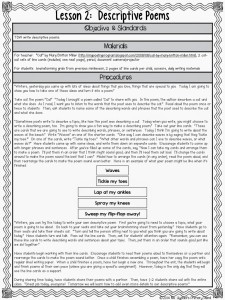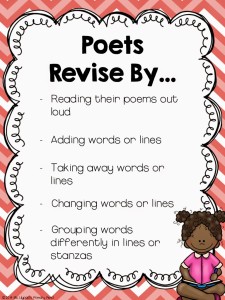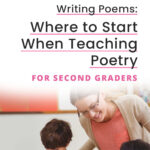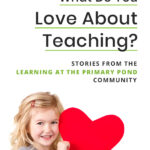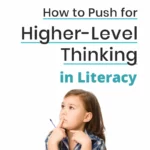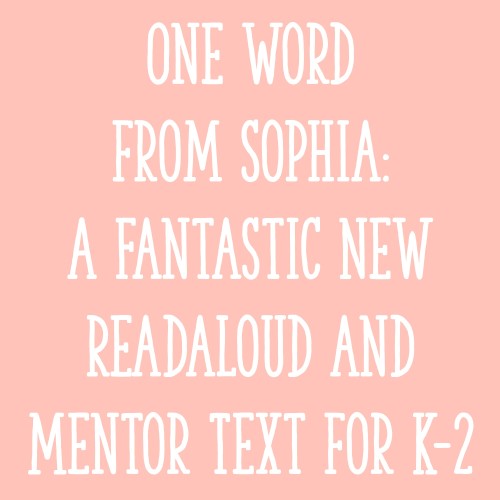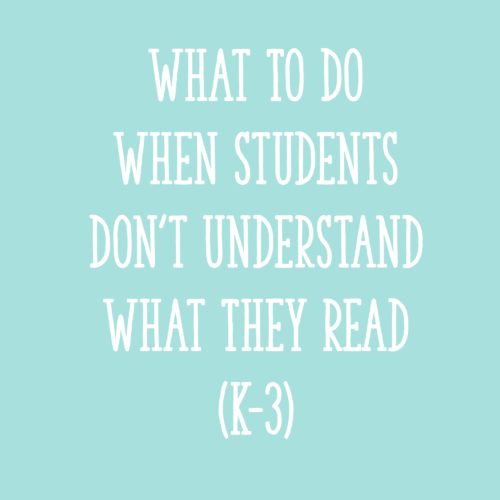Are you a little apprehensive about teaching kids to read and write poetry? Well, so am I. And I think it might be because my elementary school teachers may have been a little apprehensive about teaching poetry, too! From what I remember, my experiences with poetry in elementary school consisted of writing a few poems with a very specific format (cinquains and haikus in 3rd grade) and then memorizing some poems in my later years of elementary school. That’s it! I don’t think I really knew much of anything about poetry until my senior year of high school. It was only then that I learned that no, you don’t pause at the end of every line unless there is punctuation there. I also finally learned to analyze and appreciate poetry a little more.
Kids shouldn’t have to wait until their last year of high school to appreciate poetry! I do think that, in recent years, more elementary teachers have been incorporating poetry into their instruction. Poetry is great as shared reading, and it’s also awesome with helping kids practice fluency! I still think that we need to go a little deeper with teaching poetry, however – and the Common Core Standards agree. In Kindergarten, kids are expected to “recognize common types of texts (e.g., storybooks, poems).” Then, in first grade, students are asked to “identify words and phrases in stories or poems that suggest feelings or appeal to the senses,” as well as “read prose and poetry of appropriate complexity for grade 1.” In second grade, students are required to “describe how words and phrases (e.g., regular beats, alliteration, rhymes, repeated lines) supply rhythm and meaning in a story, poem, or song,” as well as read and comprehend poetry appropriate for grades 2-3. (There are, of course, more standards about poetry for the older grades, but since my blog focuses on K-2, I’ll stop there.)
Wow! I don’t know about you, but the Common Core Standards ask second graders to do a lot more with poetry than I was asked to do in all of elementary school! I think that this is great, though – hopefully kids won’t grow up with the same apprehension about reading and writing poetry that I did.
So what can we do to help kids become more comfortable with poetry? Read on for suggestions for teaching poetry, a list of some of my favorite poems for kids, and a fun, no-risk writing activity to help kids get started with poetry.
1. Read and discuss poetry frequently with your students. Learning about poetry needn’t be reserved for a short unit at the end of the year or for National Poetry Month. Integrate poetry into your instruction on a weekly or at least monthly basis! The nice thing about poems is that they are usually short. So why not squeeze in a few poems one day a week during your readaloud time? Or maybe read aloud a poem to start or end the day? One of my reading workshop units for second grade has plans that you can use to help kids understand and talk about poetry (these plans also include lessons on alliteration, rhyme, repetition, etc.).
2. Use poetry to help kids practice reading fluency. Kids may get tired of reading the same passage 5 times, but a funny poem will more easily hold their attention for 5 reads. Many poems express emotion, so model how to read them expressively and expect students to read them with lots of expression. Students can perform poetry for each other, which further motivates them to practice, practice, and practice reading their poems fluently!
3. Encourage kids to write their own poetry. The nice thing about poetry is that there really aren’t any rules (unless you want your students to write a specific type of poem). Expose kids to lots of different poems and point out how different poets write differently. Explain how much freedom students have as writers of poetry – some poets don’t even use traditional punctuation and capitalization! Check out my poetry writing unit for first grade or poetry writing unit for second grade for plans that gently guide students into writing their own poems.
Now for some of my favorite poems! I love anything by Shel Silverstein or Jack Prelutsky. The Random House Book of Poetry for Children (compiled by Prelutsky and Lobel) is a great collection of poetry from different authors. Here are 5 other favorites that are great for K-2 (click on each poem title to read it):
“Cat” by Mary Britton Miller (great description and use of verbs)
“The Worm” by Ralph Bergengren (rhyme and humor)
“What is Red?” by Mary O’Neill (description and metaphor)
“Since Hannah Moved Away” by Judith Viorst (similes, expressing emotion)
“Open Hydrant” by Marci Ridlon (description, use of verbs, capturing a small moment – scroll down in the link to find the poem)
Poetry reading and poetry writing go hand-in-hand! But kids and adults (myself included) sometimes don’t know where to begin when writing a poem. So here’s a fun little activity to get your kids started with writing their own poems:
Next, model how to pick a topic that you will describe in your own poem. In one of my lessons from my second grade poetry writing unit, I model writing a poem about waves at the ocean. Write “Waves” or whatever your topic is on one index card.
Then, model how you write a few different words and phrases to describe waves. Put each word or phrase on a different index card.
Last, spread out your index cards so that they are flat, but so that students can see them (use magnets on a board or a document camera). Put your index card with your topic at the top. Then, try out different arrangements of the words and phrases. Model how you read your poem out loud. Keep rearranging until you have something that sounds good to you.
Once you’ve done your modeling, pass out index cards (or sentence strips) to your kids. Invite them to pick a topic to describe and write the topic on an index card. Then, have them work independently or with a partner to brainstorm words and phrases that describe the topic on different index cards. They can rearrange the cards until they have a poem that sounds good to them (students should read their poems out loud several times until they figure out what sounds good). Finally, students can copy their poems over onto lined paper.
This is a great way to get students started with poetry writing because you’re not asking them to sit down and write an entire poem all at once. They can construct their poems a few words or phrases at a time, and then writing an entire poem will (hopefully) not seem so daunting in the future!
Here’s a little peek into my first grade poetry writing unit and second grade poetry writing unit (part of my first grade yearlong writing curriculum and second grade yearlong writing curriculum). Click on any of the images below to read more about the ready-to-go lesson plans and materials.
Happy teaching!


